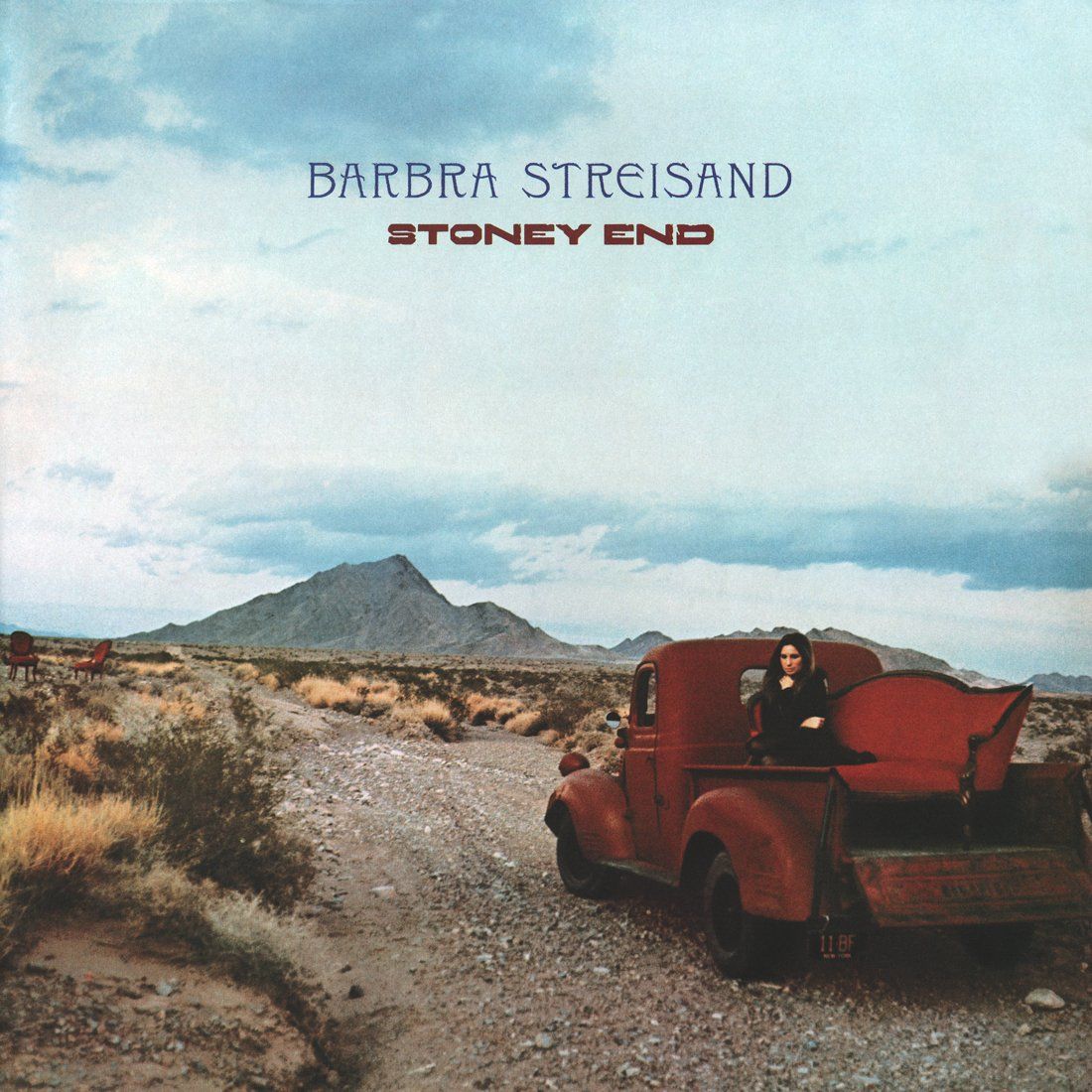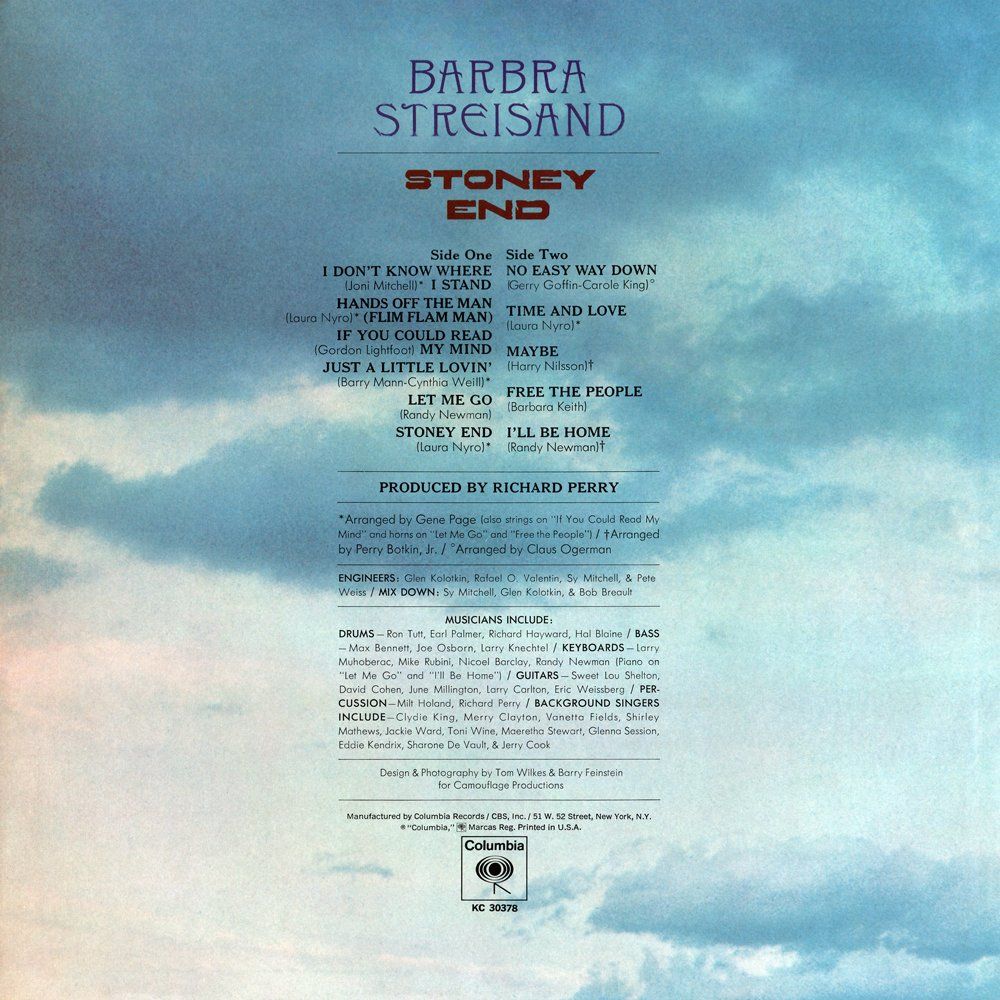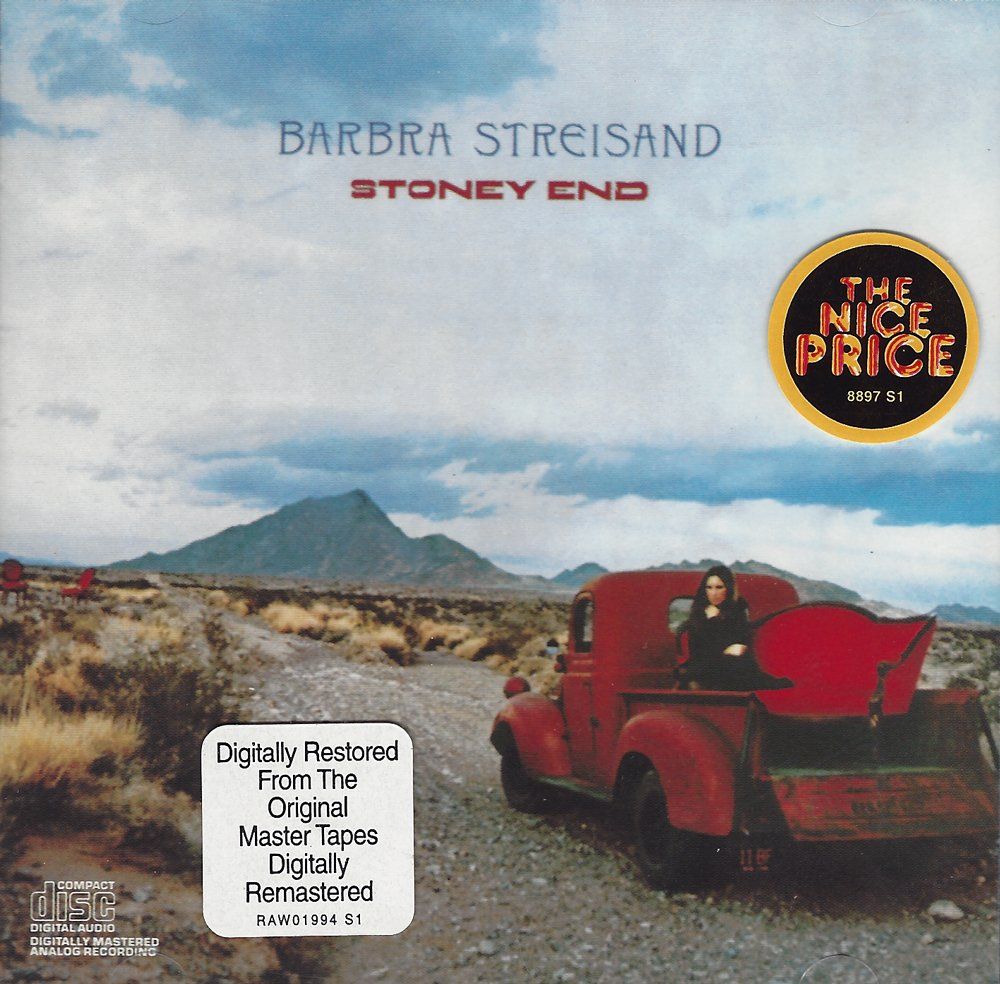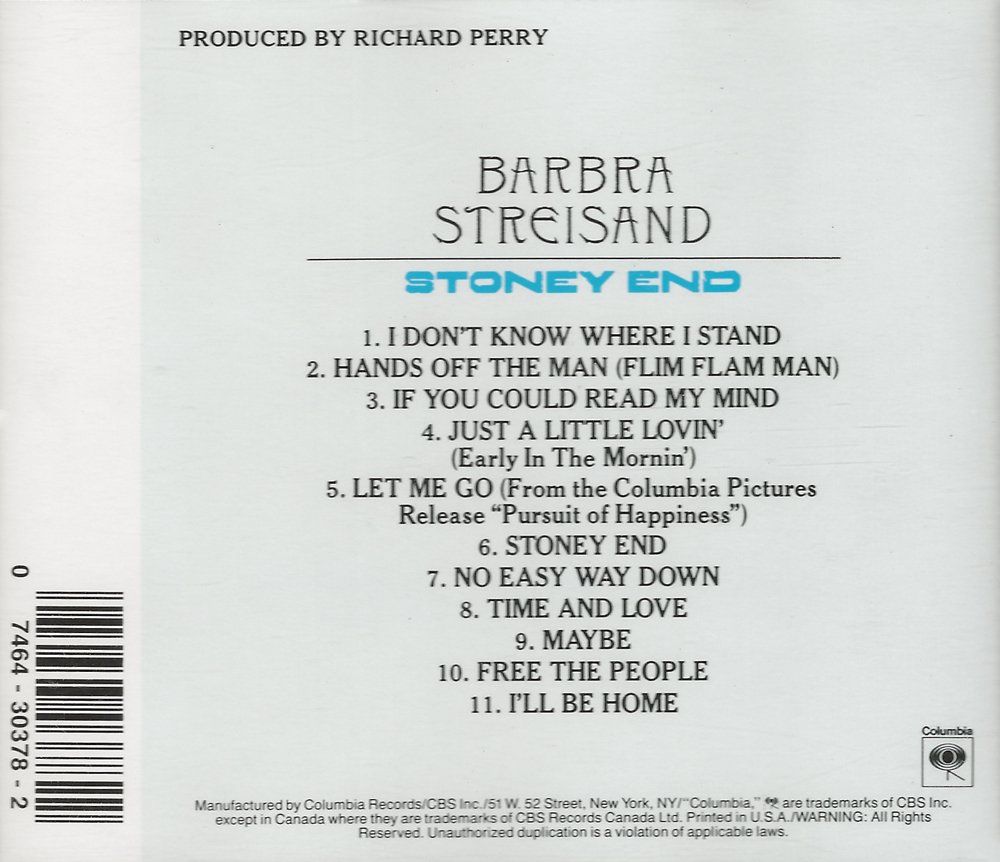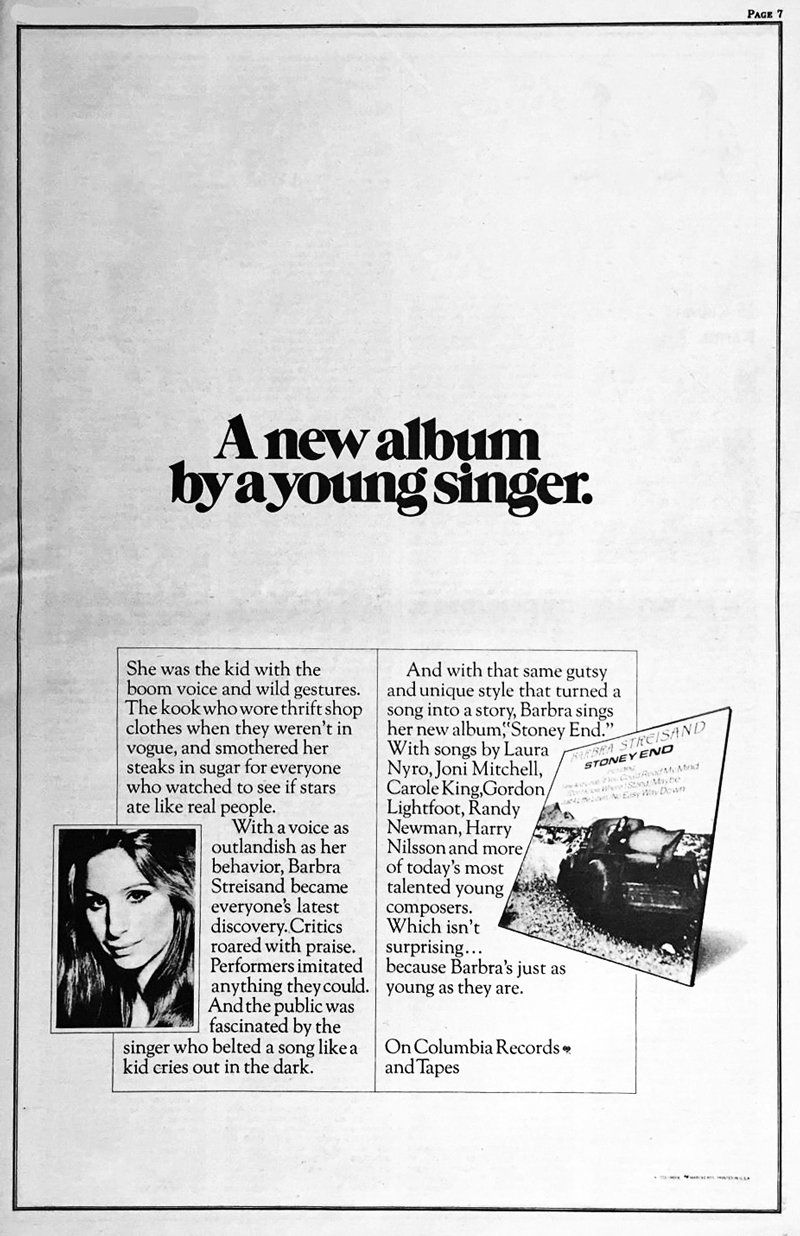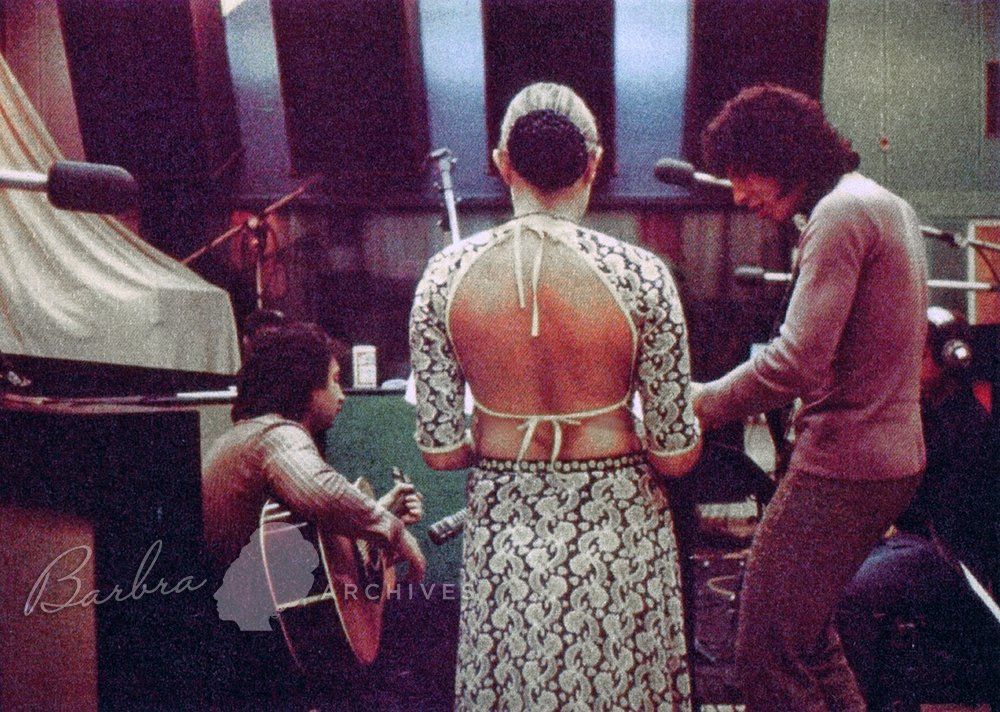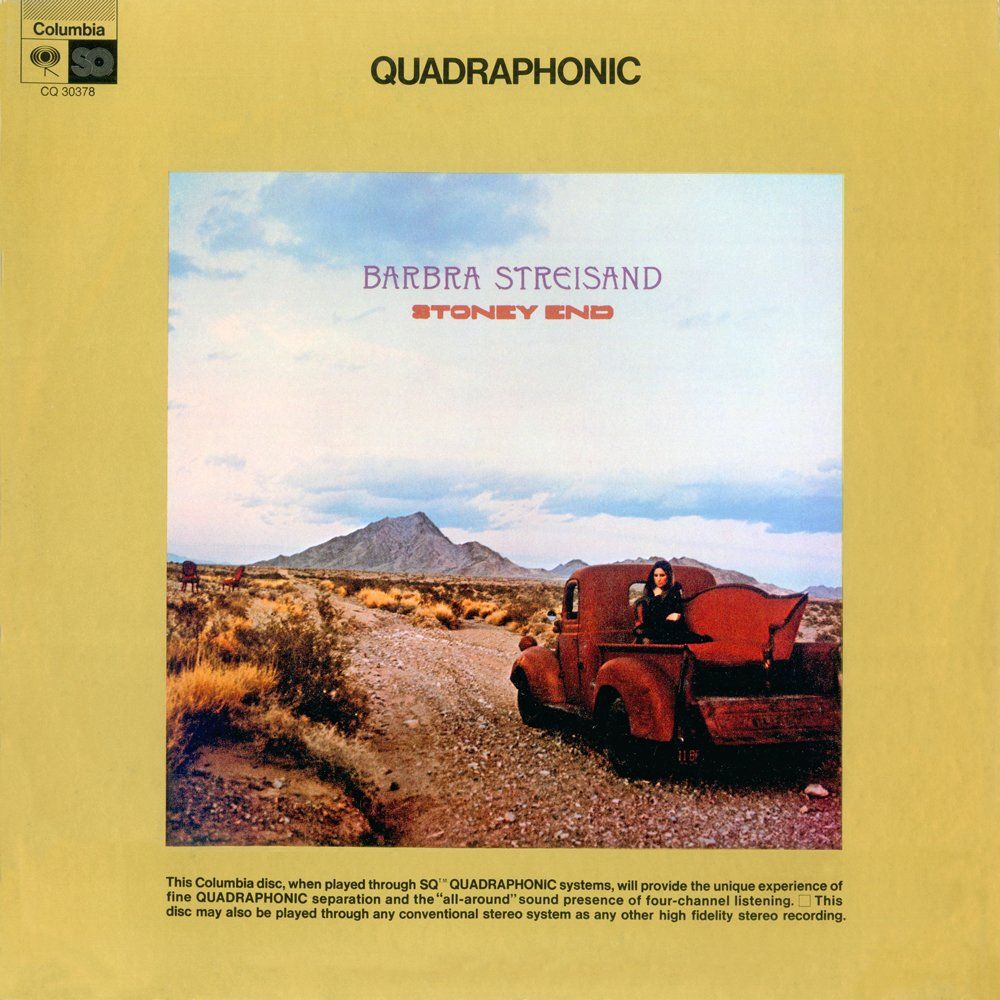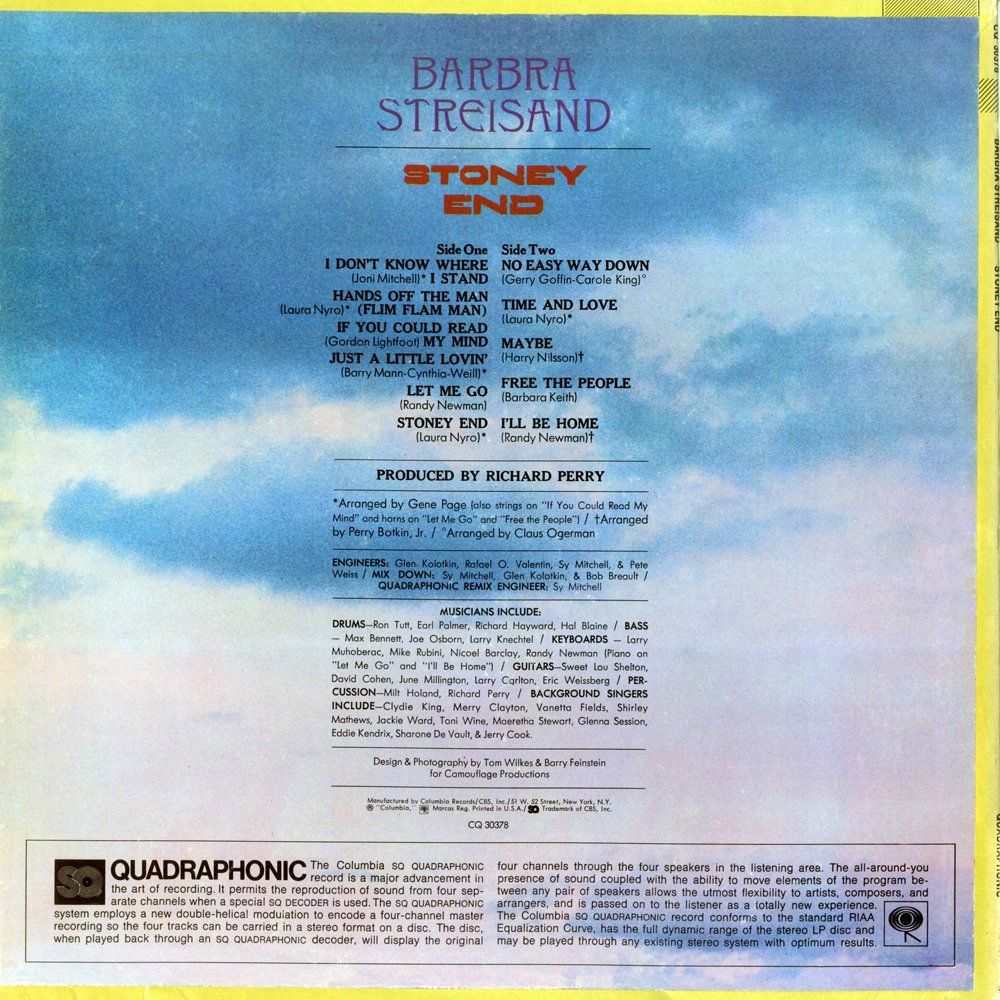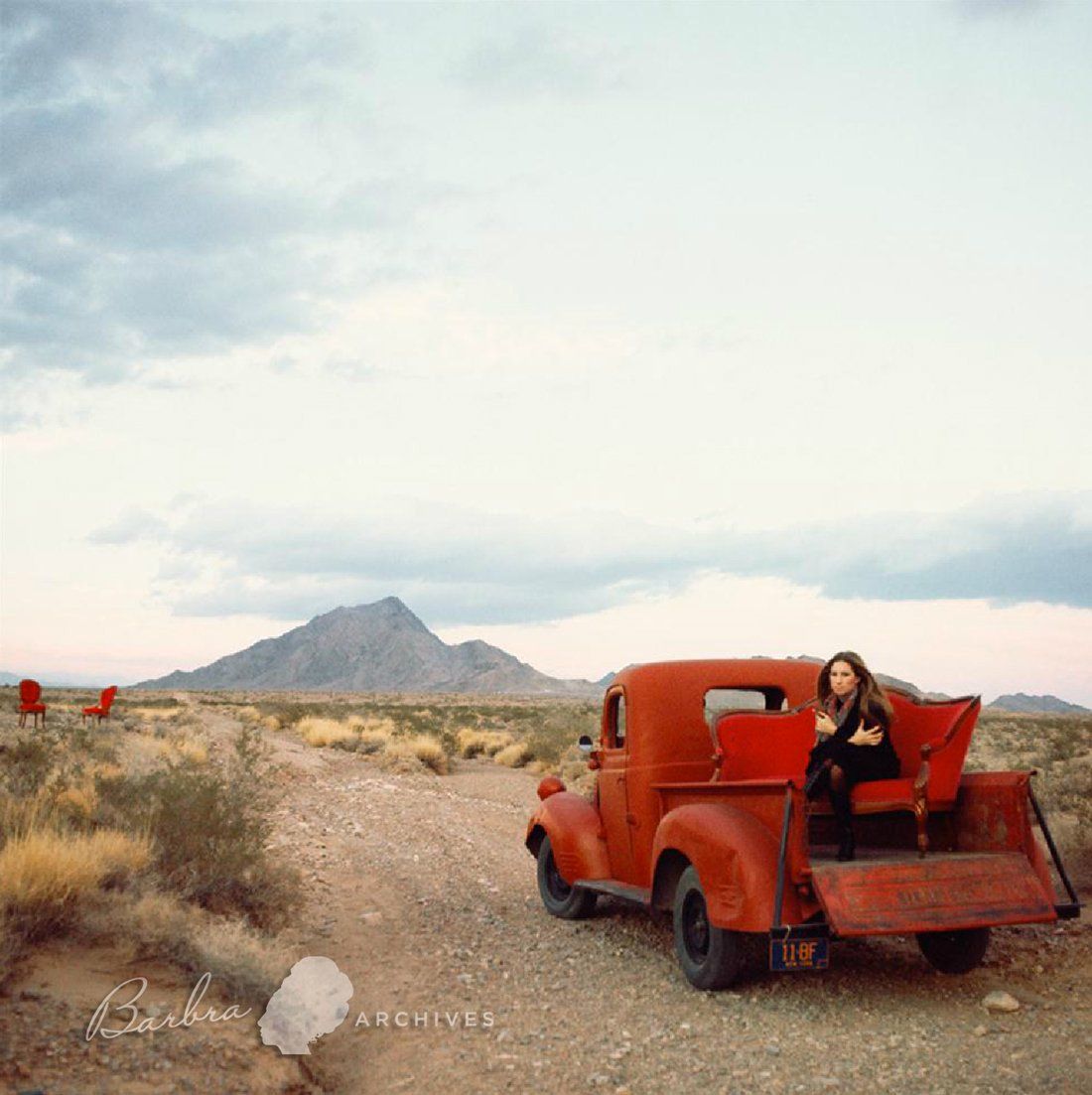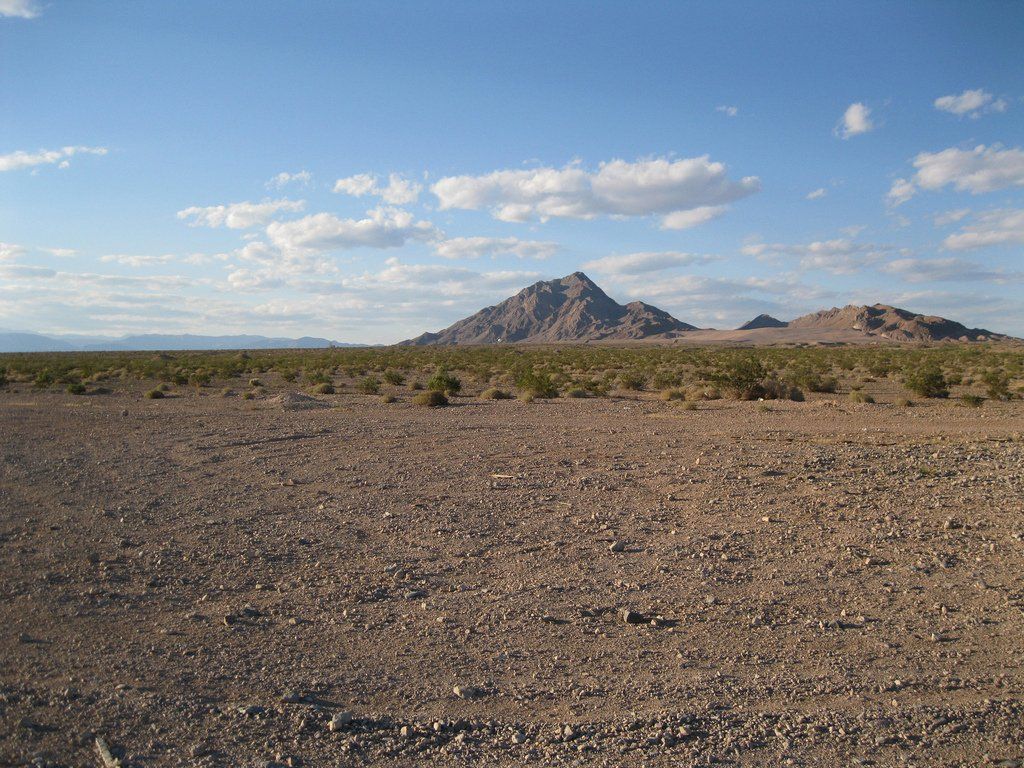Richard Perry was a renowned record producer who crafted number one singles for Harry Nilsson, Carly Simon and Ringo Starr.
“I realized when I heard the What About Today? album that she hadn’t [contemporized her sound]. But I felt very strongly that I could do it with her,” Perry explained. “I told Clive Davis who was the president of Columbia Records at the time that I would very much like to have the opportunity to take a shot with Barbra. So, Clive told me to get some material together, which I did. He thought it was great, so he set up the meeting. Barbra had been planning on doing another album at the time called The Singer and Clive asked her to put it aside to consider working with this new, young producer, i.e. moi. In any event, we met, and we hit it off immediately. Everybody was saying, ‘Well, how are you going to get along with her?’ I said, ‘Two Jews from Brooklyn, you can’t go far wrong.’
“She loved the material I played for her,” Richard Perry recollected. “I brought her everything from Joni Mitchell, Randy Newman, just a real assortment of contemporary songs at its best.”
Barbra recorded Stoney End during several studio dates in 1970, all sessions produced by Richard Perry.
The first session, on July 29, 1970 was the longest session in the history of the Los Angeles musicians’ union. “It started at seven o’clock,” Perry recounted. “Barbra showed up at eight, and usually when you’re working with string players in a big orchestra, they work from seven to ten—on the rare occasion they’ll do an hour overtime, seven to eleven—and then they’re out the door. Well, the session ended at five thirty in the morning with the full orchestra still there and nobody said boo, no one complained for a minute. We did half of the album in one night.”
Streisand reportedly agreed to work with Perry on this one session only – she would make her mind up whether to continue after hearing the results. “Richard was always trying to get me to sing on the beat, which I found very hard to do,” Streisand said.
Perry has told the story that Streisand, after hearing the playback, whispered in his ear, “You were right, and I was wrong, but it’s nice to be wrong.”
The single of “Stoney End” was released in September 1970—in advance of the album.
“We had a bet over whether ‘Stoney End’ would be a hit,” Barbra explained. “He said yes, I said no. The bet was settled when we were driving on Sunset Boulevard, and a local DJ announced on the radio that the record had just hit #1 in Los Angeles. What a great way to lose!”
Before the album even came out, Barbra had a hit with “Stoney End.” When she sang it 36 years later in concert, Barbra quipped to the audience, “What’s a ‘Stoney End?’” She told Sirius Radio in 2014, “You know, the lyric still confuses me today, but the melody is so catchy. It was kind of metaphorical and abstract – which is kind-of interesting to guess what the writer intended.”
PHOTO: Barbra Streisand in the recording studio with Richard Perry.

